Bridgnorth
Garden Bar
Garden Bar

History of the Bridgnorth Garden Bar.
The oldest building in Bridgnorth.
The oldest building in Bridgnorth.

The Bridgnorth Garden Bar is an amazing survival of a cruck-built building. In 1999, as part of the Shropshire dendrochronology project, six core samples of the building were taken. Tree ring analysis put the date of its construction between 1392 and 1422, making it the oldest surviving building in Bridgnorth. It was probably built as a warehouse to service trade by boats along the river Severn and by road across the toll bridge between High and Low Town. It would have had barn-like doors at either end to admit cargo. An arched doorway on the side of the building (now bricked up) hints at domestic use as well. If the merchant who owned the warehouse didn’t live there with his family, there would have certainly been someone in residence to act as a night-watchman. If the building had had windows they would probably have been simple “wind holes” with no glass, secured by shutters at night and against the weather. It would have originally been roofed with thatch, either reeds or wheat straw.
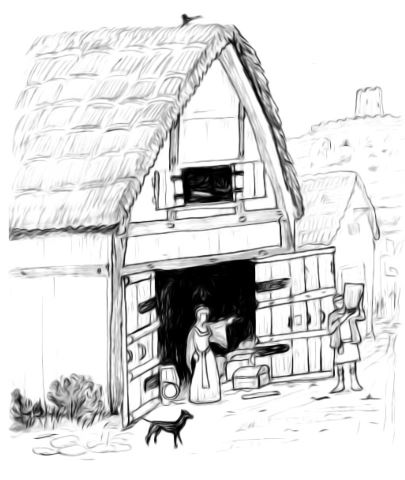
The cruck structure of the building is an ancient technique, harking back to the great halls of the Saxons and Vikings and beyond. The crucks would have been hewn from an oak tree with a bend in the trunk. This would have been then split into two “blades” that formed the sides of a symmetrical arch.
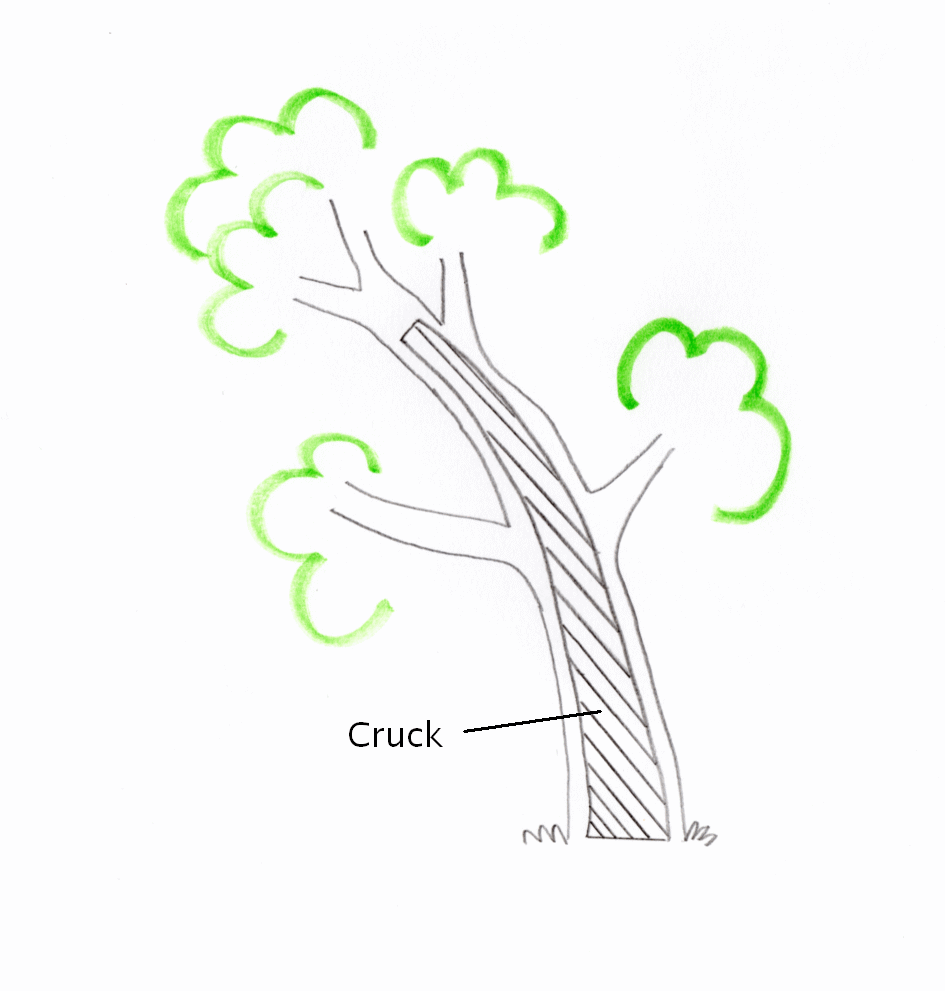
The blades would have been joined at the top and with a “tie beam” and then the arch was raised into a vertical position on site. A pole inserted through “lifting holes” in the blades would have allowed them to be lifted slightly to position them on top of stone slabs to prevent rot.
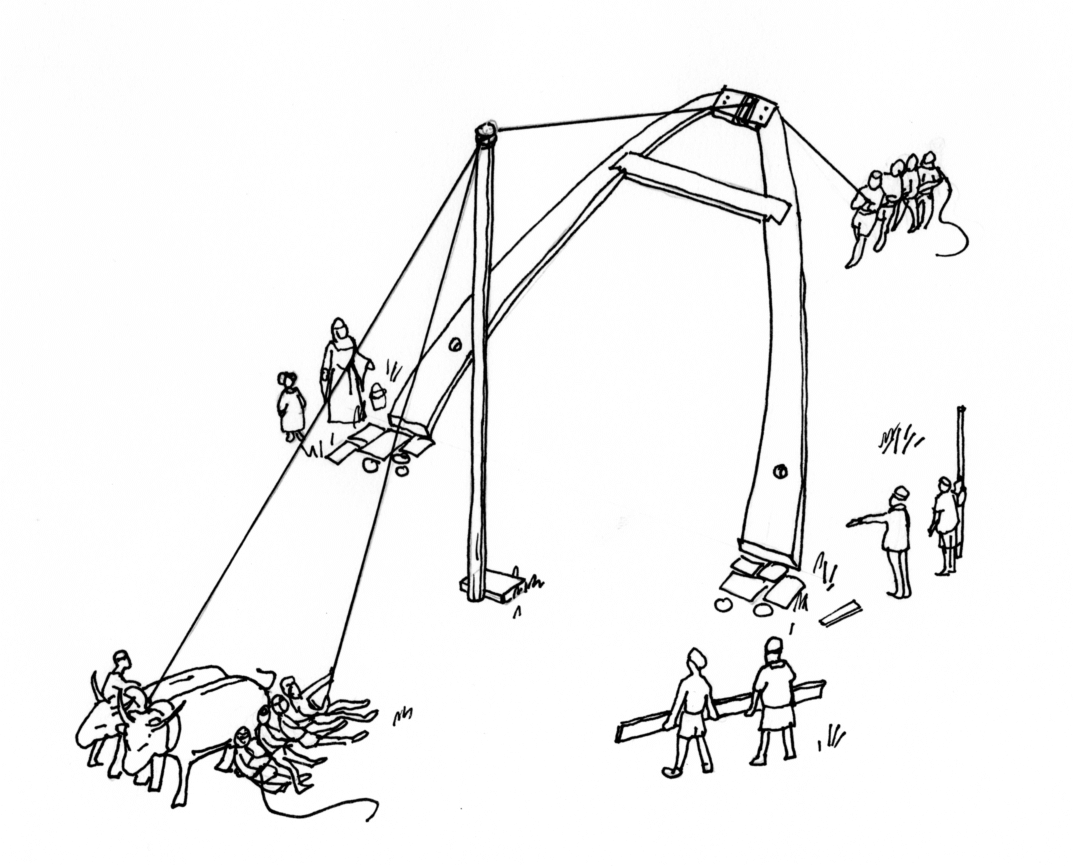
The side walls would have been wooden frames filled in with “wattle and daub”. Much later this was replaced with brick. As originally built, the Bridgnorth Club building did not have an upper floor. That was added later to either increase its floor capacity as a warehouse or as part of a conversion to domestic use.
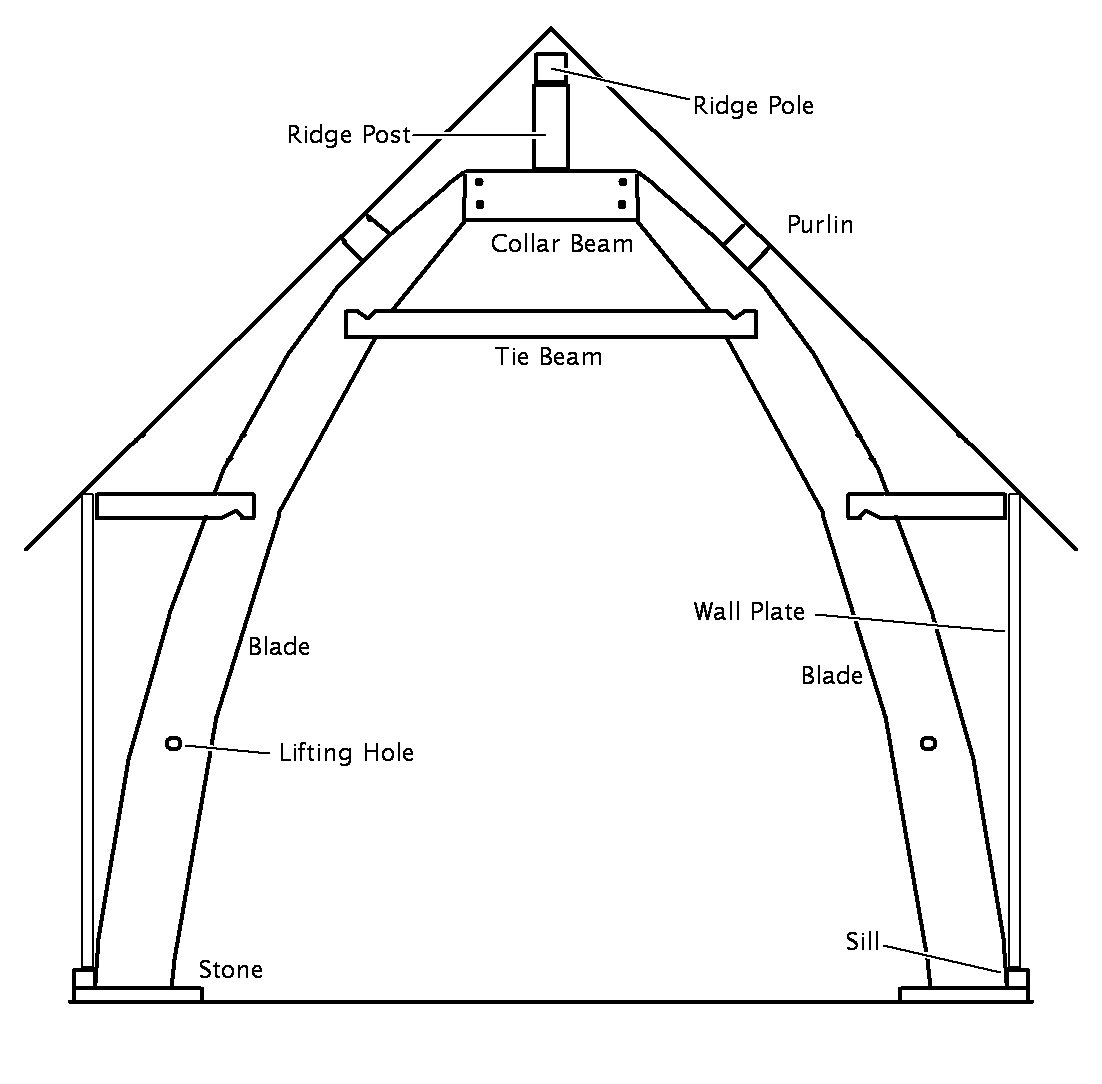
The building has notched lap joints in its cruck structure, a technique that had largely fallen out of use by 1350. This suggests that the craftsmen who built it held on to an older tradition of construction.
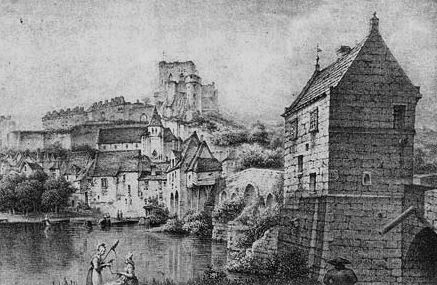
At the time it was built, Bridgnorth would have been dominated by the castle in High Town. The stone bridge over the Severn would have had buildings on it, a toll-house and gatehouse on the end nearest Low Town and the chapel of St Osyth (sometimes called St Syth) at the end nearest High Town.
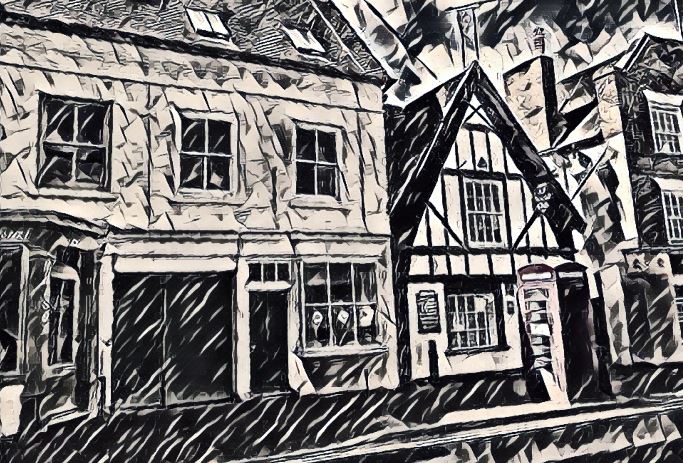
Over the years the building has seen many changes. The cruck at the rear of the building seems to have been moved back and another cruck of less elegant construction inserted so as to extend the building with an extra "bay". Other later extensions were added along with proper windows, chimneys and fireplaces to suit it for domestic habitation. At some stage the part nearest the street probably served as a shop, maybe selling milk (the street on which it stands was once known as “Milk Street”). Its first recorded use as a social club was in 1905. Used as a club for the servicemen from the many military establishments that used to surround Bridgnorth, it was known as the "All Forces Club". The building now serves the people of Bridgnorth as a social hub.
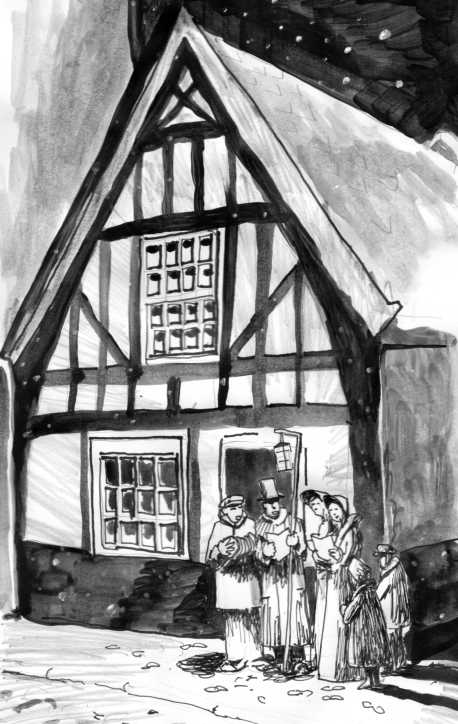
The results of the Shropshire Dendrochronology project for the Garden Bar Building were summarised in an article by Madge Morgan in the Bridgnorth Journal of 11th August 2000.
CLICK HERE to read an article on Cruck buildings on the "The Past" website.

© bridgnorthgardenbar